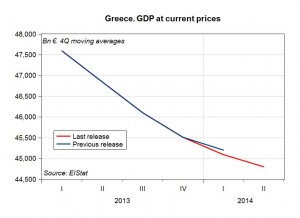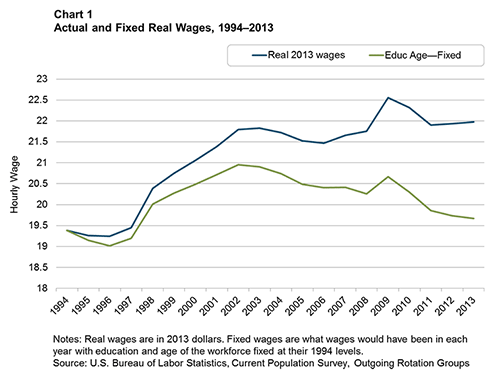Direct Job Creation and Greece’s Debt Trap
Dimitri Papadimitriou, after noting the ongoing failure of austerity policies in Greece, shares the results of a recent study led by Rania Antonopoulos on the effects of implementing direct job creation programs of various sizes in the beleaguered country. In one scenario, a 300,000-job program (in the low-to-medium-sized range of the policy options examined) would have reduced the ranks of the unemployed, once the likely multiplier effects are taken into account, by 30 percent if the program had been implemented in 2012, and GDP would have been increased by 4 percent. And the cost?
To run this impressive game-changer, Greece would have to net spend a little over 1 percent of its GDP. That’s a relatively modest stimulus. Other nations, when faced with hard times that didn’t come close to the distress in Greece today, have launched stimulus programs that were far larger. Germany and Brazil invested 4 percent of GDP, the U.S. 5 percent, and China invested 13 percent of GDP.
The program could feasibly be funded by a dedicated EU employment fund, the issuance of special-purpose tax-backed zero coupon bonds, or a temporary suspension of sovereign debt interest payments. Even if the government borrowed the funds, the debt-to-GDP ratio, the measure of health most important to European leadership and financial markets, would improve.
In case you didn’t catch that: investing in a direct job creation program of this size, even if it were funded by increased borrowing (not the best approach, according the authors), would still actually reduce the size of Greece’s public debt relative to its economy — something troika policy has so far failed to accomplish — because the economy would be growing faster than the debt. And the bigger the program, the greater the debt-ratio-reduction effect: had Greece implemented a 550,000-job program in 2012, its debt-to-GDP ratio would have declined by 9 percentage points — all in the course of reducing unemployment in Greece by nearly two-thirds.
Read the rest of Papadimitriou’s article here.
For the study in question, see: “Responding to the Unemployment Challenge: A Job Guarantee Proposal for Greece“





 ShareThis
ShareThis